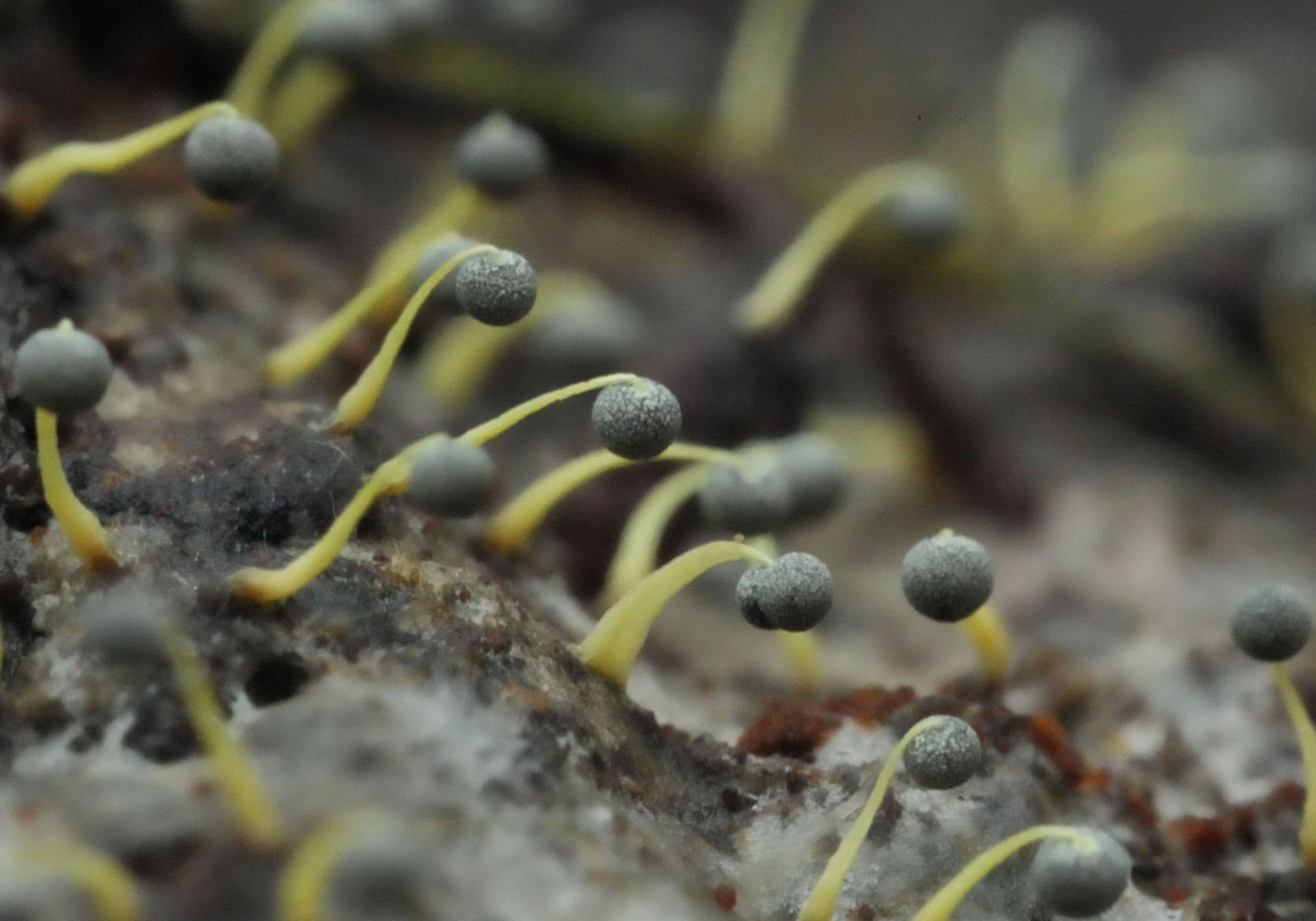A new conceptual approach, developed by the Biotope Endowment Fund and the Royal Belgian Institute of Natural Sciences, involves optimising collections of biological material by focusing on the structuring trees of the forest habitats in consideration. This new approach is being tested for the first time in the Life On Trees programme and will produce methodological results that can be replicated in any forest ecosystem, in both tropical and temperate regions.
The central idea is to collect all the living organisms associated with the study trees, in order to provide an accurate picture of the richness of biodiversity on a very local scale. These unbiased data and the appropriate methodologies for acquiring them are desperately lacking: biodiversity conservation strategies tend to focus mainly on research and policies on a national or global scale, which is of little relevance to the study and conservation of biodiversity on a local (i.e. kilometre) scale.
Much of the unexplored and as yet unknown biodiversity is located in Africa, South-East Asia and South America. For the Life On Trees programme, collections are made during several survey campaigns in Peru (2021-2023) and Colombia (2024-2025).
These campaigns will provide first-rate collections of biological material, ranging from preserved whole organisms to DNA libraries. The specimens from the natural history collections and their associated data (ecological and genetic) will be a valuable resource for ecologists, evolutionary biologists and conservationists, as well as for the future development of biodiversity research programmes.









